
Author Mads Timmermann
Mads has 15+ years of experience as a skin expert and has written/read this article.
🔥 New Updated 2025 Guide: 🔥
👉 Get the Clean Skin Guide now
Tired of acne and breakouts that never go away? 🤔
Learn how to fight your acne effectively and quickly.
🌟 390,067 others have already received the guide.
Body acne can be a perplexing and sometimes embarrassing condition that affects many people beyond their teenage years. Caused by a complex interplay of hormones, genetics, and environmental factors, it can manifest across different regions of the body, such as the back, chest, and shoulders. This form of acne is not limited by age or gender, making it a widespread issue that can significantly impact an individual's quality of life and self-esteem.
Understanding body acne requires a knowledge of how hair follicles and oil glands work, as well as the ways in which these glands can become obstructed. While the face is often the most talked-about site for acne, body acne behaves similarly albeit in areas that might not be as easily treated or kept clear. Identifying the right hygiene practices and treatment strategies is crucial for managing this condition effectively.
Key Takeaways
- We must consider hormonal, genetic, and environmental influences to fully grasp body acne.
- Implementing proper hygiene practices can reduce the incidence of body acne.
- Consulting with a dermatologist is advisable for persistent or severe body acne.
Understanding Body Acne
We often focus on facial acne, but body acne can be just as prevalent and distressing. It's important to recognize the distinct causes and types of body acne to effectively address this skin condition.
Causes of Body Acne
Body acne arises when hair follicles become clogged with a combination of sebum (an oily substance produced by the skin), dead skin cells, and other debris. Factors that contribute to the development of body acne include:
- Hormonal fluctuations: Fluctuations can increase oil production, particularly during puberty, menstruation, or stress events.
- Sweat and friction: Clothing and gear that trap sweat against the skin and cause friction can lead to acne mechanica, a form of body acne.
- Genetics: A family history of acne can increase one's disposition to developing body acne.
Further insights into the factors influencing this condition expands our understanding of body acne's complexities.
Types of Body Acne
Body acne can present itself in several forms, each varying in severity and appearance. Here is a brief overview of common types:
- Comedones: These are hair follicles that are clogged with sebum and dead skin, manifesting as blackheads (open comedones) or whiteheads (closed comedones).
- Papules: Small, red, raised bumps caused by inflamed or infected hair follicles.
- Pustules: Similar to papules, but filled with pus.
- Nodules and cysts: Larger, deeper, and more painful, these form when clogged, swollen hair follicles sustain further irritation and grow larger.
Identifying the specific type of acne you're experiencing is pivotal for targeted treatment strategies.
Prevention and Hygiene
Preventing body acne is achievable through a combination of a consistent daily skincare routine and thoughtful clothing and lifestyle choices, which can both significantly reduce breakouts.
Daily Skincare Routine
A targeted daily skincare routine is the first step in preventing body acne. We must begin with gentle cleansing to remove excess oil and sweat without over-drying the skin. To achieve this, use non-comedogenic, pH-balanced body washes. Applying a product suited for body acne post-cleansing can further treat and prevent breakouts. It's important to exfoliate regularly, but gently, to remove dead skin cells that can clog pores. Consider conducting a customized skin care routine that adapts to your specific skin needs.
Clothing and Lifestyle Habits
What we wear and how we live plays a role in managing body acne. Opt for breathable, moisture-wicking fabrics that keep the skin cool and dry, especially during workouts or in hot weather. Tight clothing should be limited since it can trap sweat and bacteria against the skin, contributing to acne. Ensure regular washing of workout gear and use a clean towel to pat the skin dry after sweating. Integrating these habits with effective skin care products specifically designed to combat acne can greatly improve skin health.
Treatment Strategies
When addressing body acne, we have a range of treatment options at our disposal, from readily accessible over-the-counter to customised prescription treatments.
Over-The-Counter Options
We can begin with over-the-counter (OTC) treatments, which are often the first line of defense against body acne. These include:
- Topical treatments such as benzoyl peroxide and salicylic acid, which help to reduce inflammation and clear clogged pores. For instance, benzoyl peroxide is effective for mild acne.
- Exfoliating products like scrubs and loofahs, which can be used to remove dead skin cells that could potentially clog pores.
- Tea tree oil, known for its antibacterial properties, can help in reducing acne severity.
We advise patch testing any OTC product to check for adverse reactions before applying it to larger areas affected by acne.
Prescription Treatments
For more persistent cases of body acne, we often turn to prescription treatments which include:
- Topical antibiotics to reduce bacteria that can worsen acne.
- Retinoids that can help prevent hair follicles from being blocked.
- Oral medications like oral antibiotics or hormonal treatments such as birth control pills that can be used for more severe acne.
In particularly stubborn instances, we may consider advanced prescription options that target complex underlying causes of body acne such as hormonal imbalance or inflammation. It's crucial for these treatments to be prescribed by a healthcare professional who'll monitor the progress and manage any side effects.
When to See a Dermatologist
When coping with body acne, knowing when to consult a dermatologist is crucial. We advise seeking professional help in the following situations:
- Persistent Acne: If acne consistently appears and doesn't improve with over-the-counter treatments within two to three months, it's time to visit a dermatologist.
- Severe Acne: Presence of nodules (large, painful lumps beneath the skin) or cystic lesions (deep, painful, pus-filled pimples) warrants immediate dermatological care to prevent scarring.
- Acne Scars: If previous outbreaks have left scars or dark spots that affect your self-image, a dermatologist can provide treatments to reduce their appearance.
- Painful Acne: Any acne that causes significant pain or discomfort is a sign that professional treatment may be necessary.
- Psychological Distress: Acne that's causing emotional distress, such as lowered self-esteem or social withdrawal, is a compelling reason to seek a dermatologist's expertise.
We suggest the following approach when considering a visit:
- Track your acne: Monitor your outbreaks and reactions to different treatments.
- Research: Look up qualified dermatologists who specialize in acne treatment. Reading materials such as "Understanding skin problems" can provide additional insight.
- Prepare for the visit: Be ready to discuss your acne's history and any treatments you have tried.
If you're uncertain about whether you should see a dermatologist, consider a consultation. They can offer a customized treatment plan that's likely to be more effective than self-directed care.
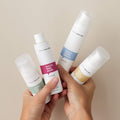
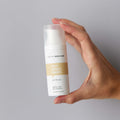
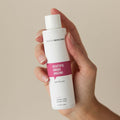
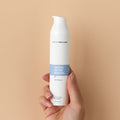
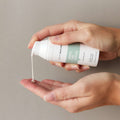
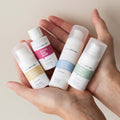
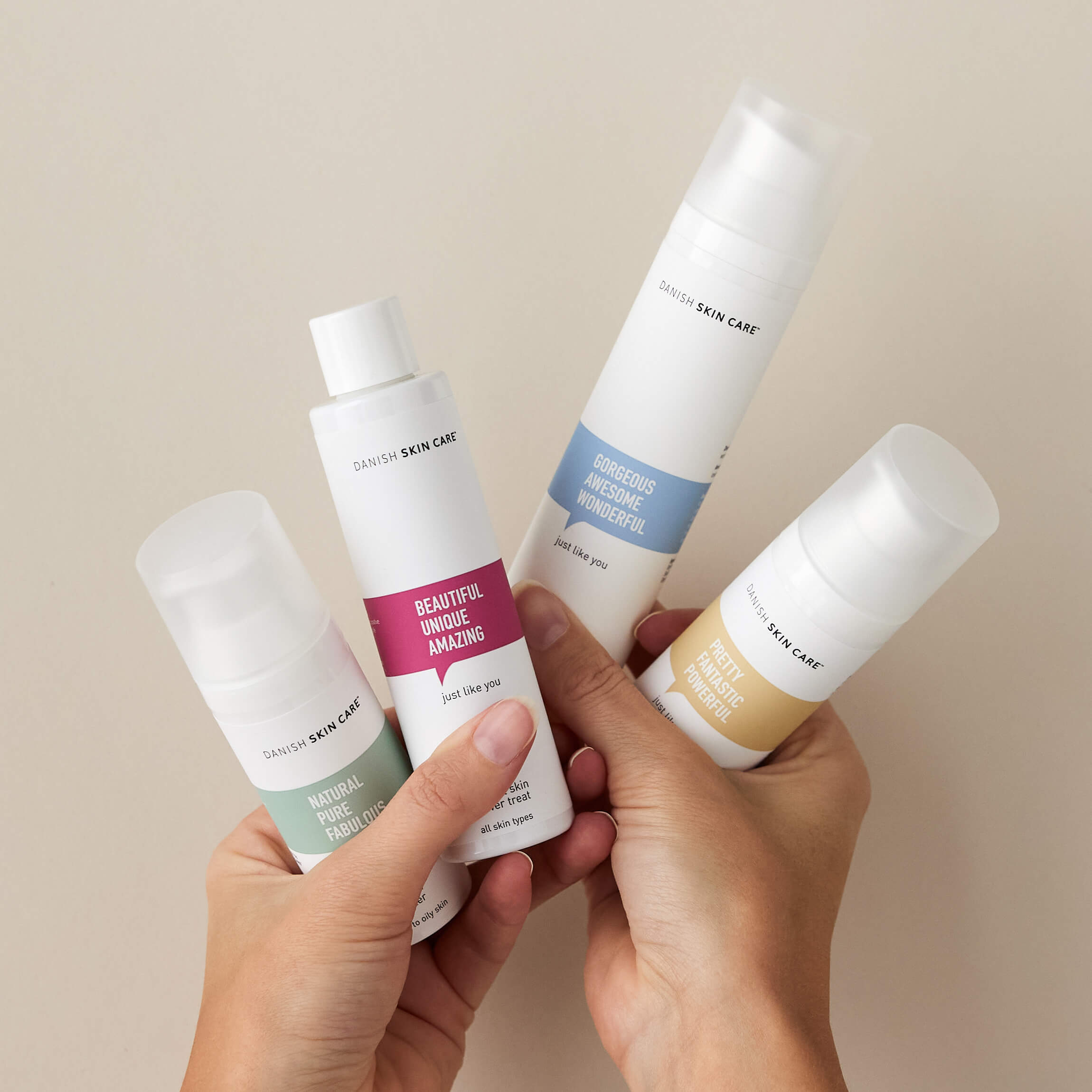
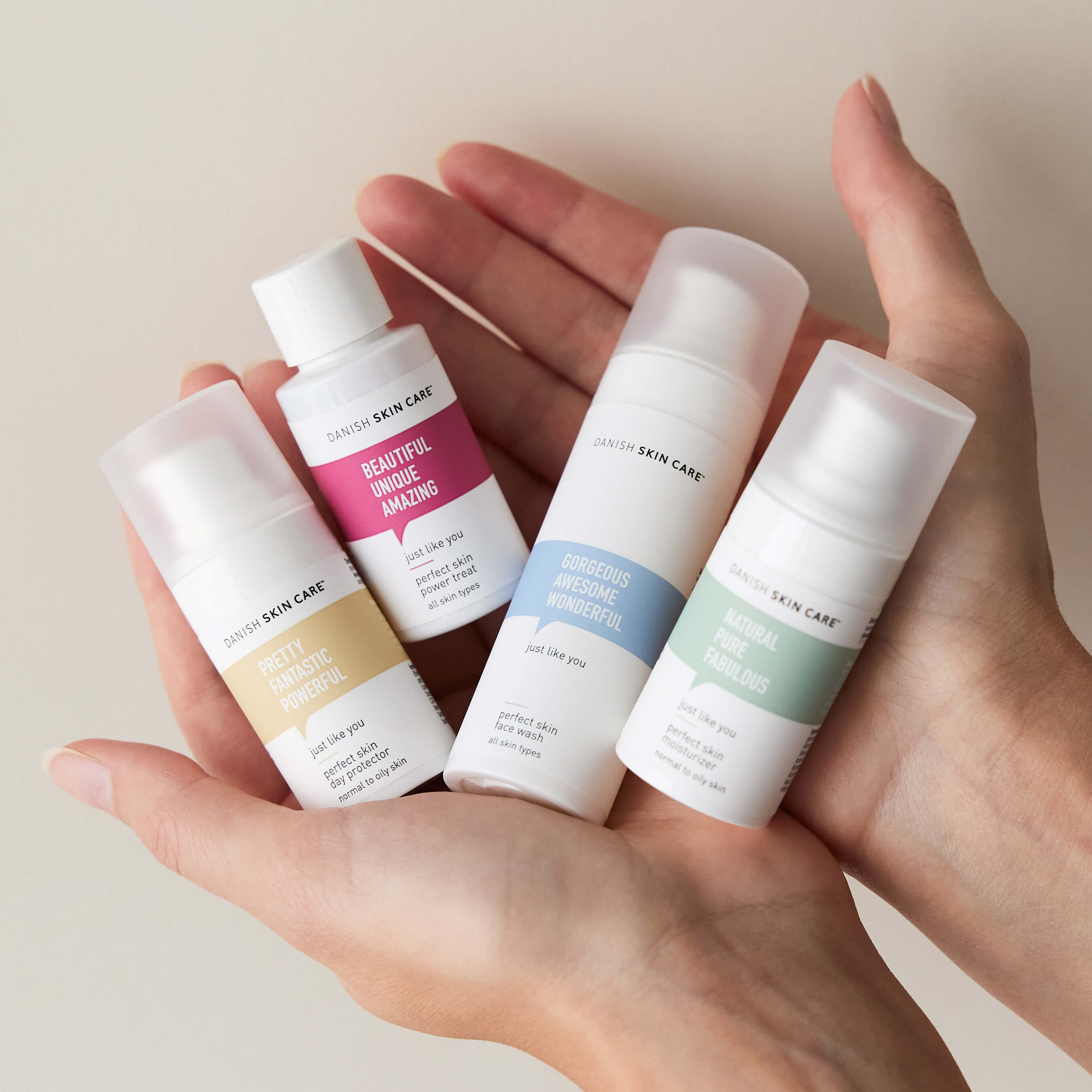
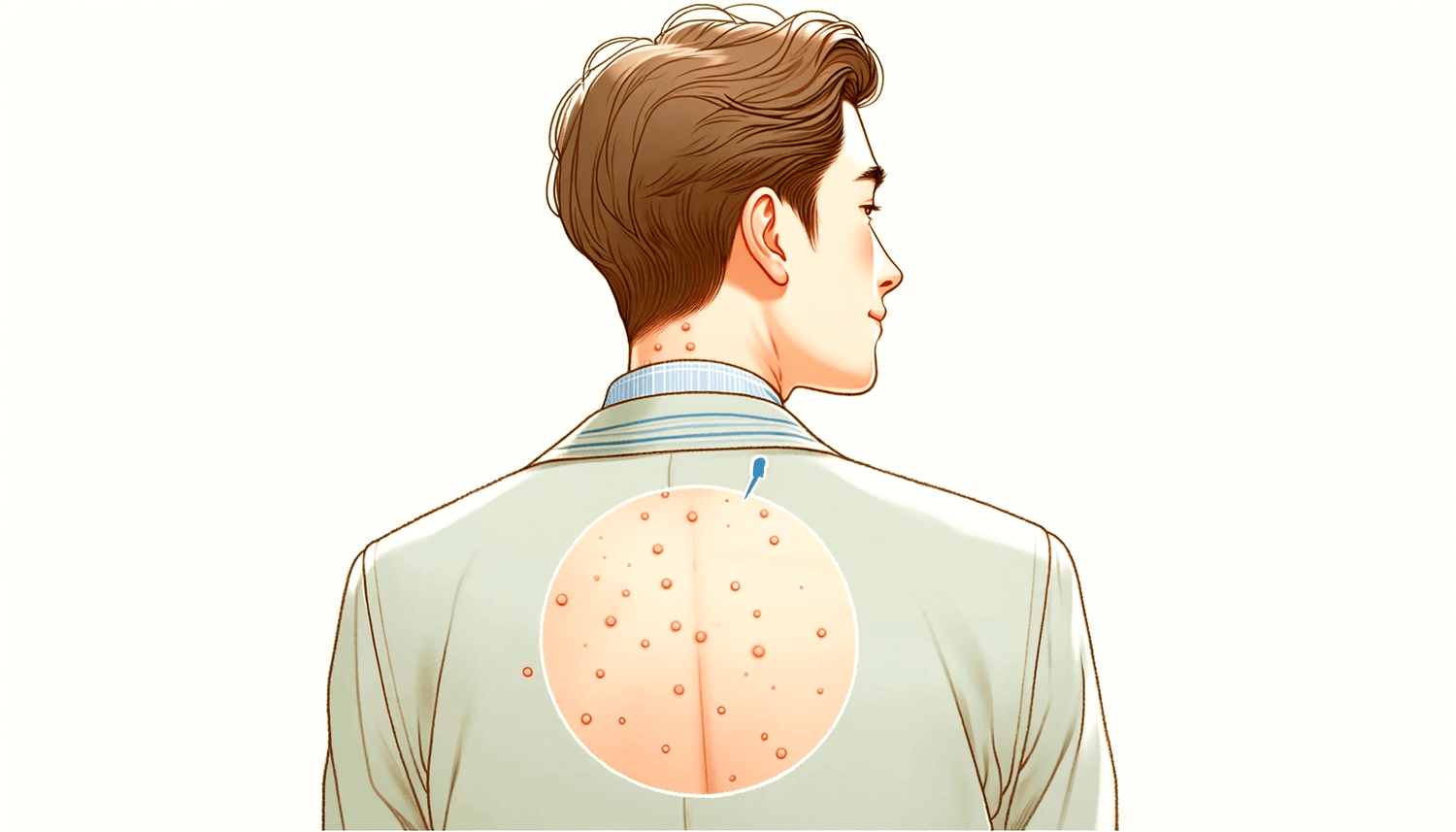
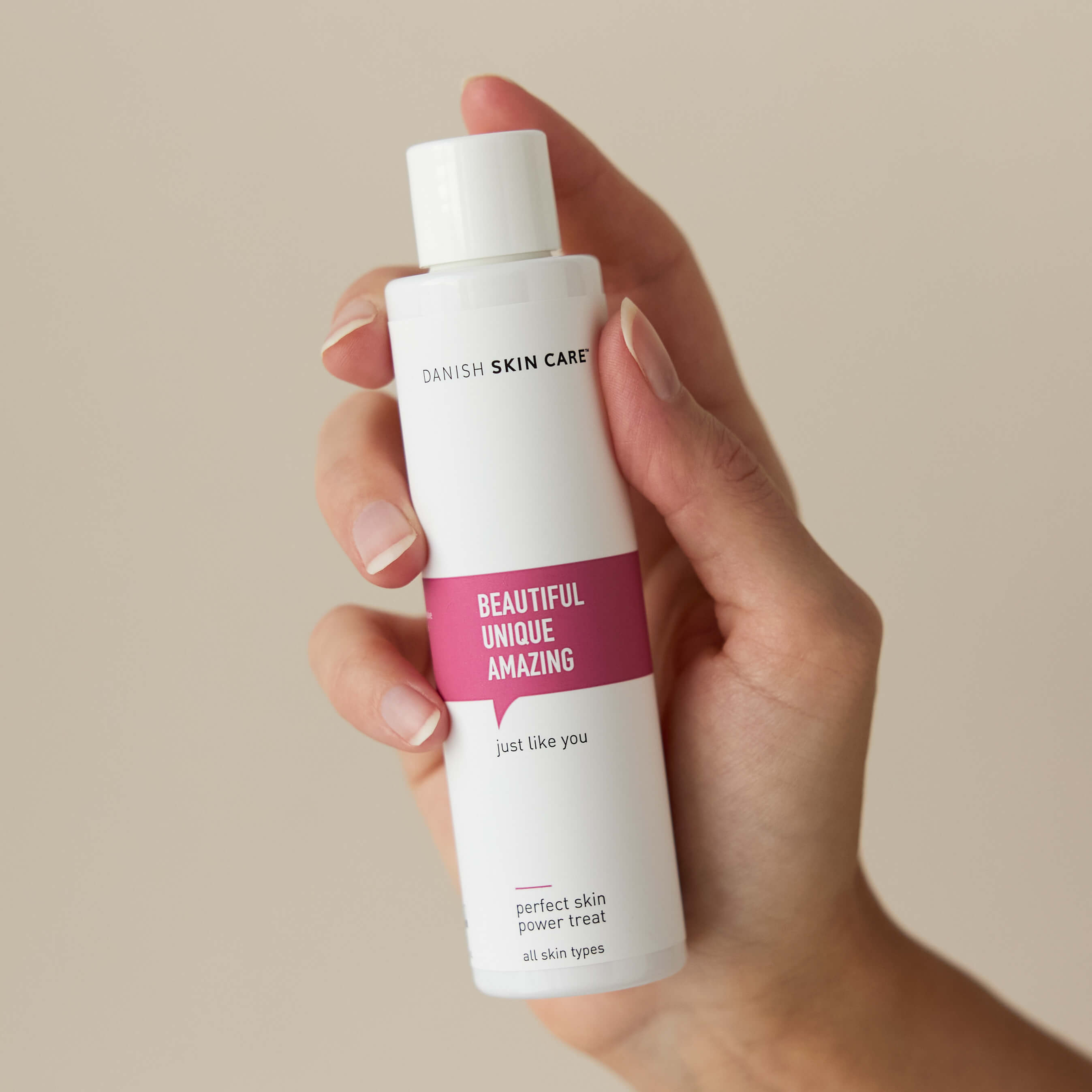
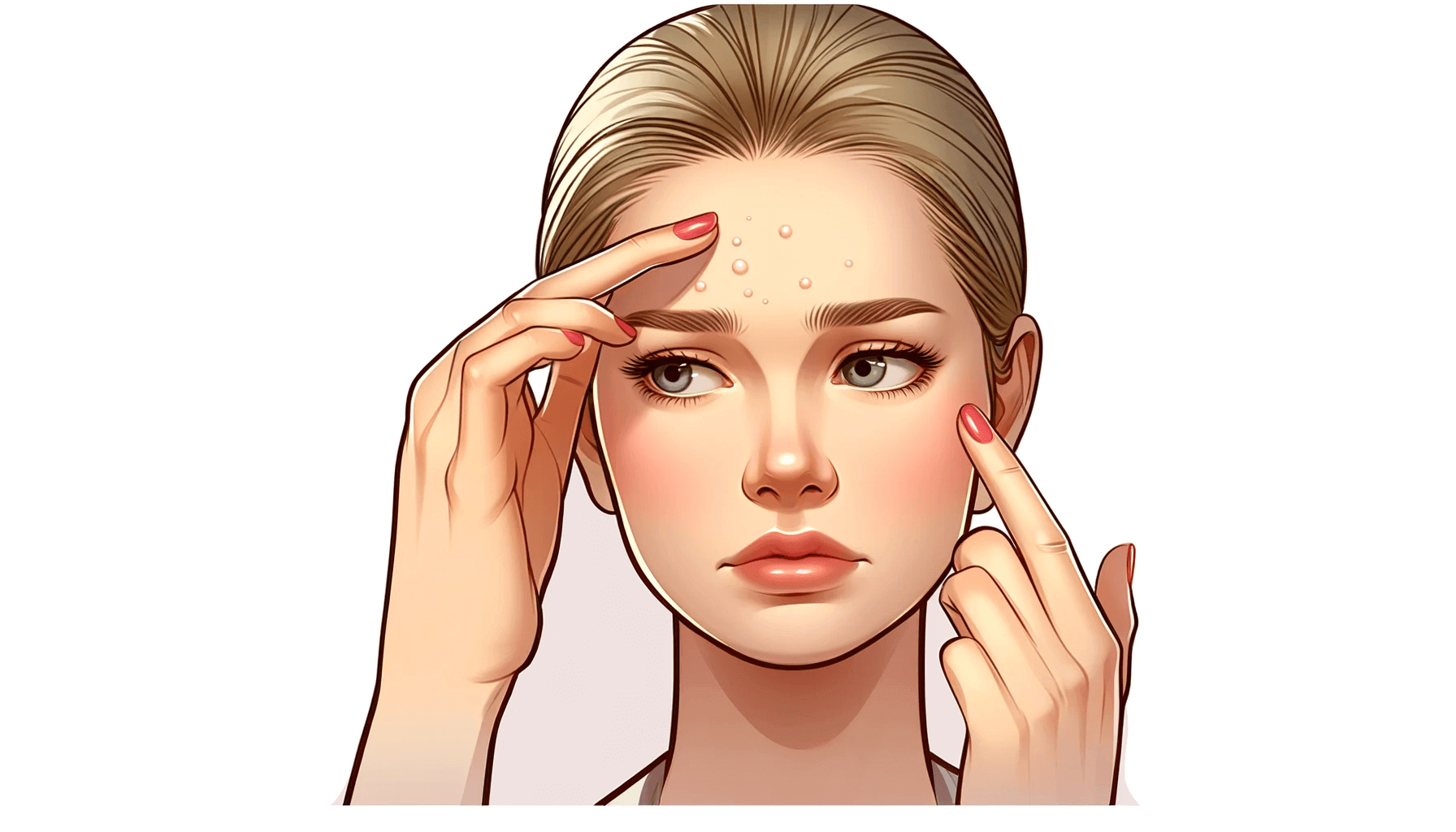
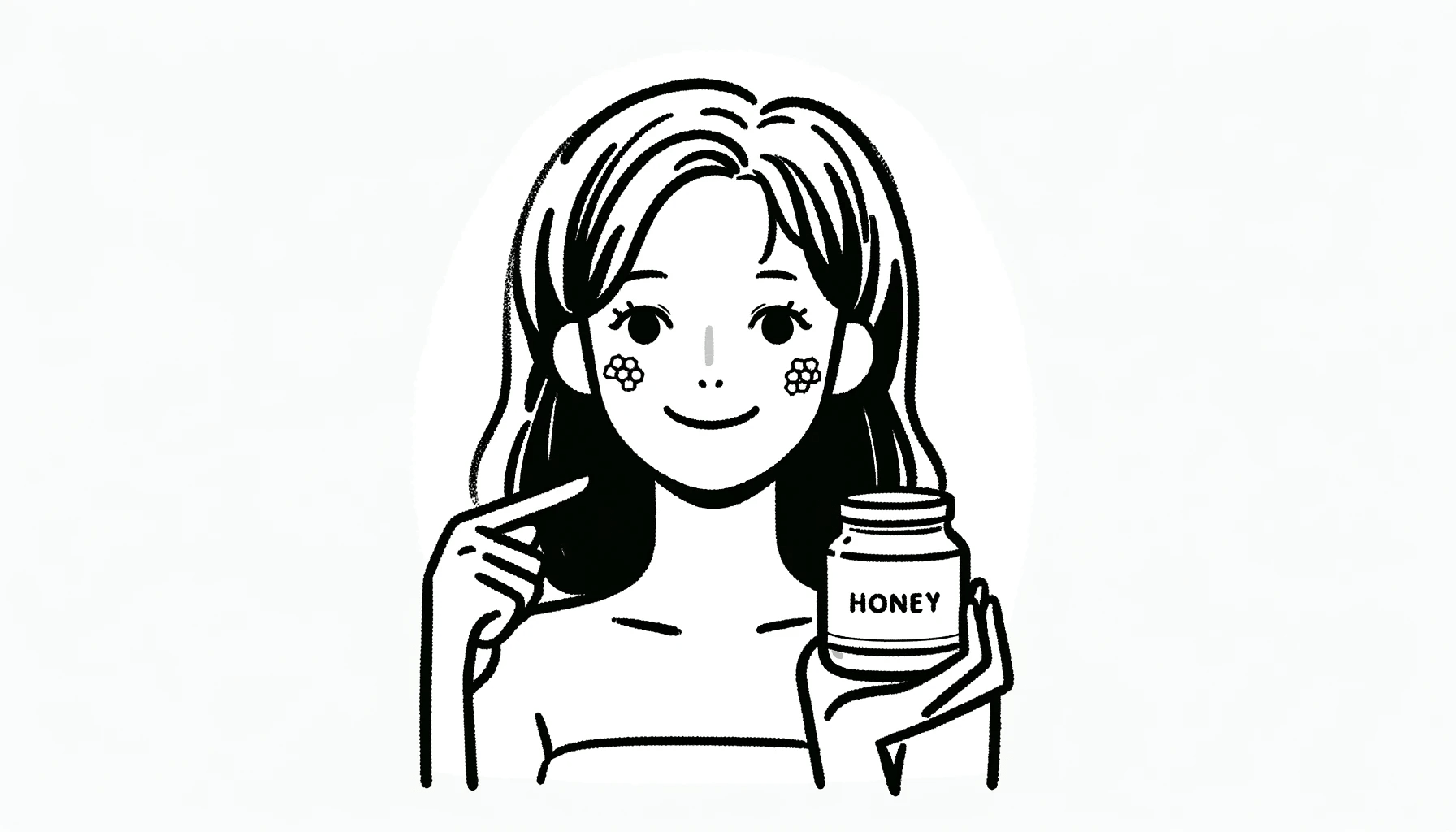
Leave a comment